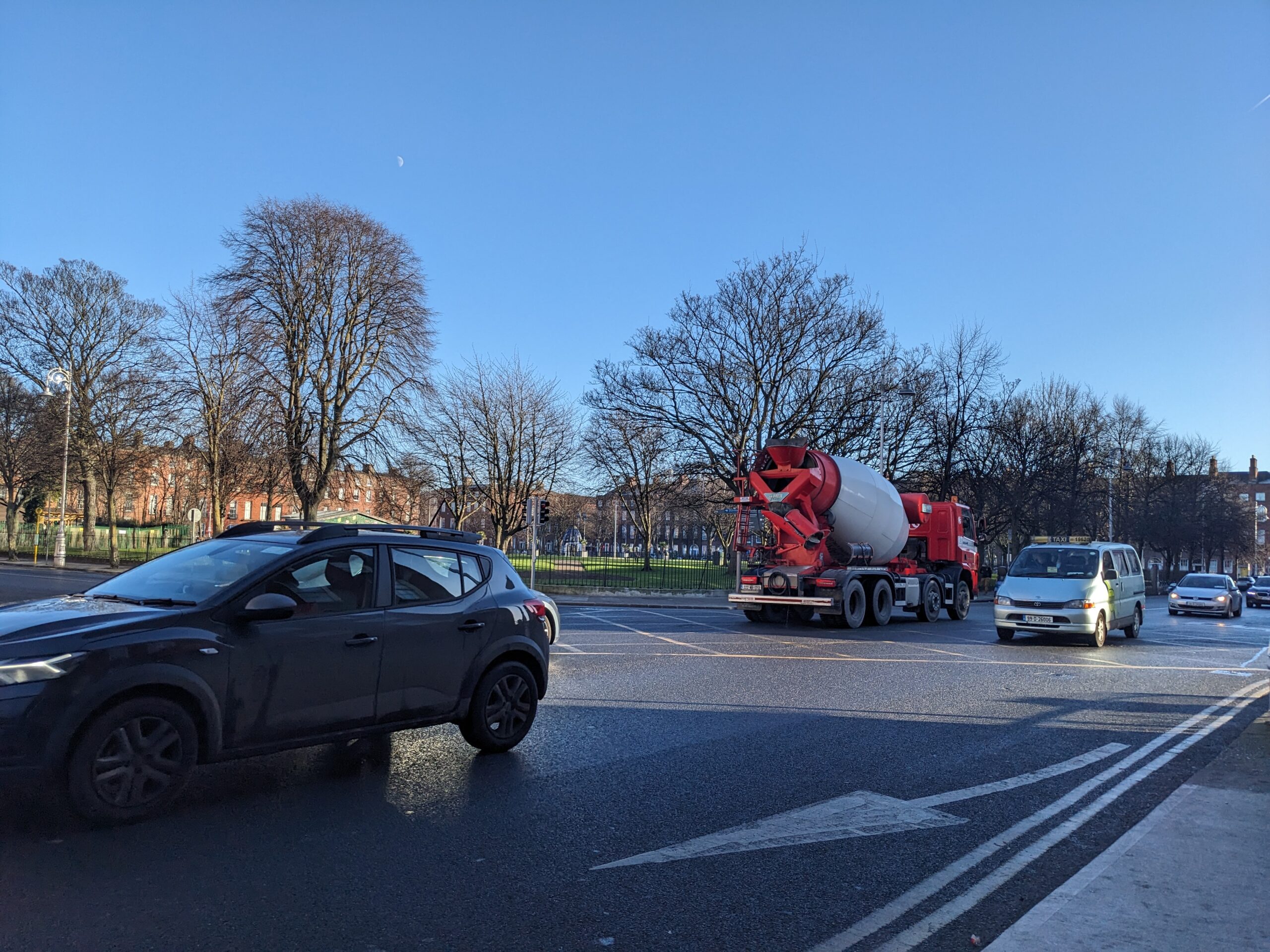
Introduction
We are in the middle of multiple crises. The lives lost and absolute devastation caused by senseless wars in Gaza and Ukraine, as well as the increasing hostilities towards those seeking refuge in our country, can leave one feeling numb. When so many lives are lost, when there is so much anger and resentment, how can we continue to care?
In terms of road safety, we have started the year in a terrible way. In the past 16 days, we have seen 11 people dead on our roads. Each death is devastating. The pain is hidden behind numbers and statistics. This trend continues from 2023 when 184 people were killed, the highest in nearly a decade.
The normalisation of death is an incredibly dangerous thing. We stop seeing it. We tire of hearing about it. Unless it impacts us personally, we begin to stop caring. Once this happens, we start to accept the present situation as unchangeable or even the best possible situation that exists. Our empathy and humanity are challenged in ways which should be uncomfortable.
We see this all the time on our roads. We know many of our roads and urban areas are dangerous. We know that all the conditions exist in which a person may lose their life. We also know the simple changes that need to be made to make them safer, but we don’t see them happening fast enough. The modus operandi of road safety—high visibility vests, urging driver to be aware and shifting responsibility to the non-motorist—which got us to this point, continues to be reheated and served to us as death and serious injury spirals.
Ask the Kids
The area around Mountjoy Park is well-known for its lack of traffic calming or pedestrian safety infrastructure. One side of the square is a through road with heavy traffic throughout the day as it links the six lanes of Dorset Street to the quays. To make the city fit for children, particularly in the areas around schools, we need to pay attention to what children want and need and invest in infrastructure to make this possible.
Prompted by the public consultation on the Draft Dublin City Centre Transport Plan 2023, the Jesuit Centre for Faith and Justice talked to the students in the 5th class in Gardiner Street Primary School.
Gardiner Street Upper has at least four primary schools and crèches in the vicinity, as well as an afterschool club in the park itself. There are no safe routes to school, making it dangerous for children to walk or cycle to their classes. It is also hazardous and stressful for teachers to take classes out for field trips. In a part of the city that is devoid of good quality green space, Mountjoy Square is marooned in a sea of multi-lane roads that make it inaccessible for children looking to play independently of adults.
While the draft plan is comprehensive and, if implemented, would transform the city into a friendlier place for people there appeared to be no specific interventions planned in this project for the area around Mountjoy park. Those in the north east inner city may perceive this as further State abandonment of their locale, with motorist convenience taking priority over their lived environment.
When asked, every student said they had near misses with cars when going to or coming from school. They simply do not feel safe getting to school. With no pedestrian crossing nearby, road safety has become a guessing game. Drivers who ignore red lights make this game impossible for kids to win. Cars dominate every part of their journey up to the school gate.
Creating safe spaces
As is commonly known, prevention is always better than a cure and you protect what you hold valuable. If we care for people, particularly vulnerable children, we need to do everything we can to create safe spaces to live and travel. Preventing deaths and injuries should be the top priority when we think about how we use our urban space and our transport networks. How do we protect those we care for while allowing the community to thrive? Are we willing to reimagine our roads into something different and better? The solutions are all available and proven but the political will is weak.
We cannot afford to become numb to road death and risks. We cannot afford to be blind to alternatives that make lives better. We risk a lot by normalising death and injustice. Our humanity, our sense of safety and in the case of our roads our lives or the lives of our friends or families. Inaction is not worth that risk.

